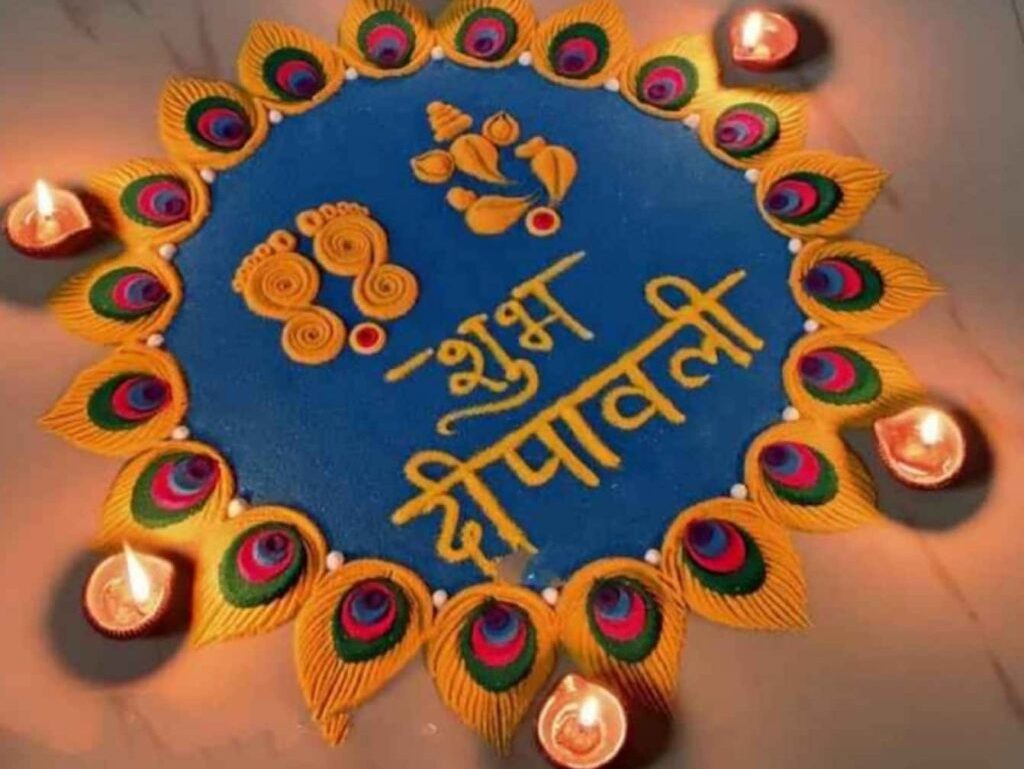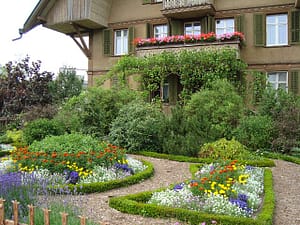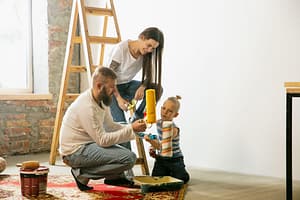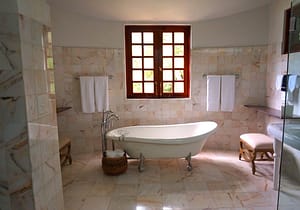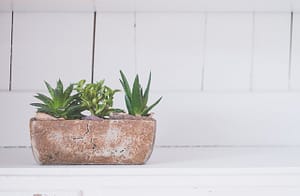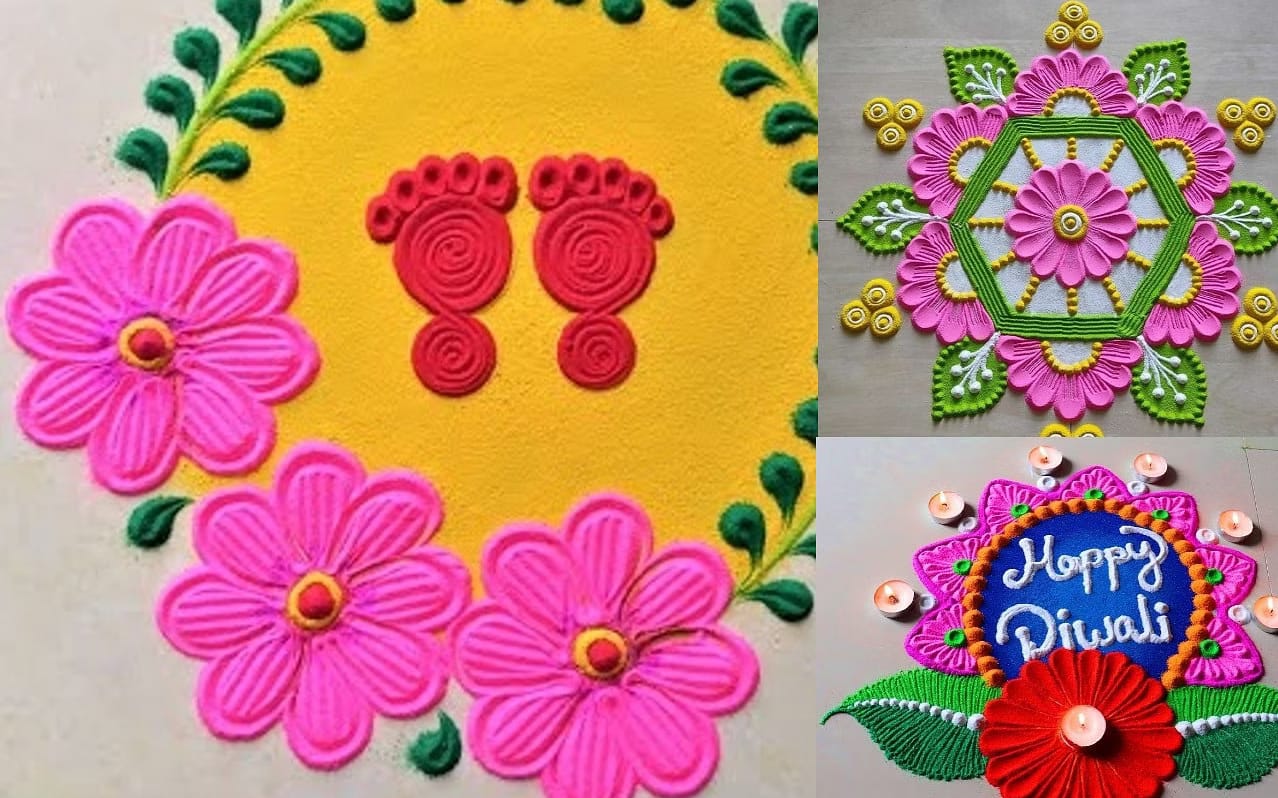
Deepavali (De-wah-lee) is another name for the Festival of Lights, known as Diwali. People of all faiths and geographical areas celebrate this holiday. Diwali, or the Festival of Lights, is celebrated primarily by Hindus worldwide to mark the triumph of good over evil. The celebration celebrates the return of Lord Ram, together with Seeta and Laxman, from 14 years of exile in the north of India. Legend has it that the citizens of Ayodhya lit up the city for the arrival of King Lord Rama. During this event, people worldwide decorate their homes with diya candles to celebrate the arrival of spring.
About Diwali festival
Diwali, sometimes spelled Deepavali, is a significant celebration in India. The Sanskrit word Deepavali, meaning “a row of lights,” is the source of the festival’s name, as is the case with many other things in our culture. The celebration of Diwali honors the triumph of good over evil. It takes place on one of the darkest nights of the Hindu lunar month, Kartika, which falls between the middle of October and the middle of November. This event is no longer exclusive to India; it is revered everywhere and celebrated with the same enthusiasm in today’s globalised world.
We mean it when we call this a festival of lights. The night is celebrated with fireworks, sweets, and lighting up homes, temples, roadways, and key institutions. One of the most significant customs associated with Diwali is the giving and receiving gifts and sweets among family and friends. Mithai, or Indian sweets, such as barfi and ladoos, are commonly presented to Laxmi, the Indian goddess of riches and prosperity. To celebrate the beginning of this joyous celebration, people worldwide undertake the ceremony of Laxmi puja.
The art of Rangoli, traditionally used to decorate the front doors of homes and businesses, is another significant practice today. If you gamble on the evening before Diwali, it is said that you will have a prosperous year. The Hindu goddess of riches and prosperity, Laxmi, is thought to bestow her favors on those who carry out this ritual. There is a legendary tale behind every custom practiced on this day.
What is rangoli

The Indian subcontinent is the birthplace of the traditional art known as rangoli. Symmetrical rangolis are possible and can still have vivid colors, detailed patterns, and ornamental motifs. They are often made for Diwali, a major Hindu religious festival that marks the triumph of good over evil.
Importance of Diwali rangoli
It is created to bring wealth and success into the home while keeping the wicked ones out. It’s meant to beckon the Goddess Laxmi within your home. People also use Rangoli to express a variety of sentiments, such as “God Bless You,” “Welcome,” and “Happy Diwali.”
How to draw rangoli
You can outline your floor plan using chalk to get started on your design. Using your thumb and fingers, fill in the outline with Kolam Powder to create a genuine Rangoli. Start dotting the rangoli with color according to your plan.
How to make easy rangoli
Many of us rely on instructions found online, but they are only sometimes sufficient. Here is a rundown of everything you’ll need to know to create a winning rangoli pattern. Remember this and use it as a checklist before you go out to get the tools.
How to make flower rangoli
To make a magnificent visual impact, choose or create a design and draw it on the ground with chalk, then fill in the design with flowers. When making a rangoli, feel free to experiment with different flower varieties or use flower petals instead of complete blooms.
How to make peacock rangoli
The unique and elegant appearance of the Peacock Rangoli Design has made it a perennial favorite. Gorgeous as they are, peacocks are also vital to the success of Rangoli Patterns. Peacocks are very gorgeous creatures, and they are often used in elaborate Rangoli patterns. Large rangoli patterns, often featuring birds like peacocks and other natural motifs, may be found.
Type of rangoli design for Diwali
Flower rangoli design for Diwali
Using fresh flowers in a Rangoli pattern is a creative approach to Diwali house decoration. A flower rangoli’s delightful aroma lasts long after the flowers are gone. Create whatever you like by combining colors and making patterns. To make the design more visually appealing, light candles around it.








Peacock rangoli design for Diwali
Peacocks are stunning creatures that fit their roles in stunning Rangoli Designs exceptionally well. Peacocks are one of the most incredible creatures and play a significant role in creating elaborate Rangoli patterns.







Freehand Diwali rangoli
Freehand Homemade rangoli is a common and enjoyable hobby. Larger versions are used for particularly momentous occasions in a rainbow of colors and patterns. Many of them are meant to be taken as expressions of congratulations or as greetings.






Dots rangoli for Diwali
Traditional rangoli designs have a scientific basis for the patterns that occur in them. The endless nature of the world is represented by the curving patterns connecting the dots. These designs are reminiscent of the sound’s wave harmonics.

![1.bmp] | Rangoli designs, Easy rangoli designs, Rangoli designs with dots](https://i.pinimg.com/originals/d5/41/ea/d541ea522a0fe4ab29dcb4609ae9cbd7.jpg) ‘
‘




Diya rangoli design for Diwali
On Diwali, people light diyas called diya rangoli to welcome Goddess Lakshmi. Making a rangoli pattern at the front door attracts good vibes and keeps the bad ones out. The lotus pattern used to frame the Rangoli is an offering to the goddess Lakshmi.





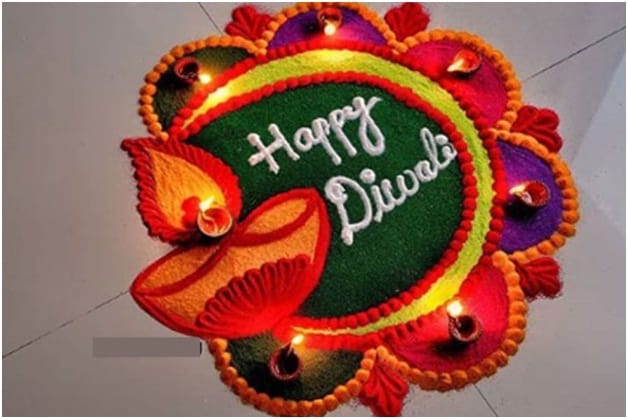

Krishna Rangoli for Diwali
Many people burn candles known as rangoli to honor Goddess Lakshmi during Diwali. It is believed that by creating a rangoli pattern at the entrance door, positive energy may be welcomed while negative energy is kept out. The Rangoli is decorated with a lotus design as a tribute to the goddess Lakshmi.




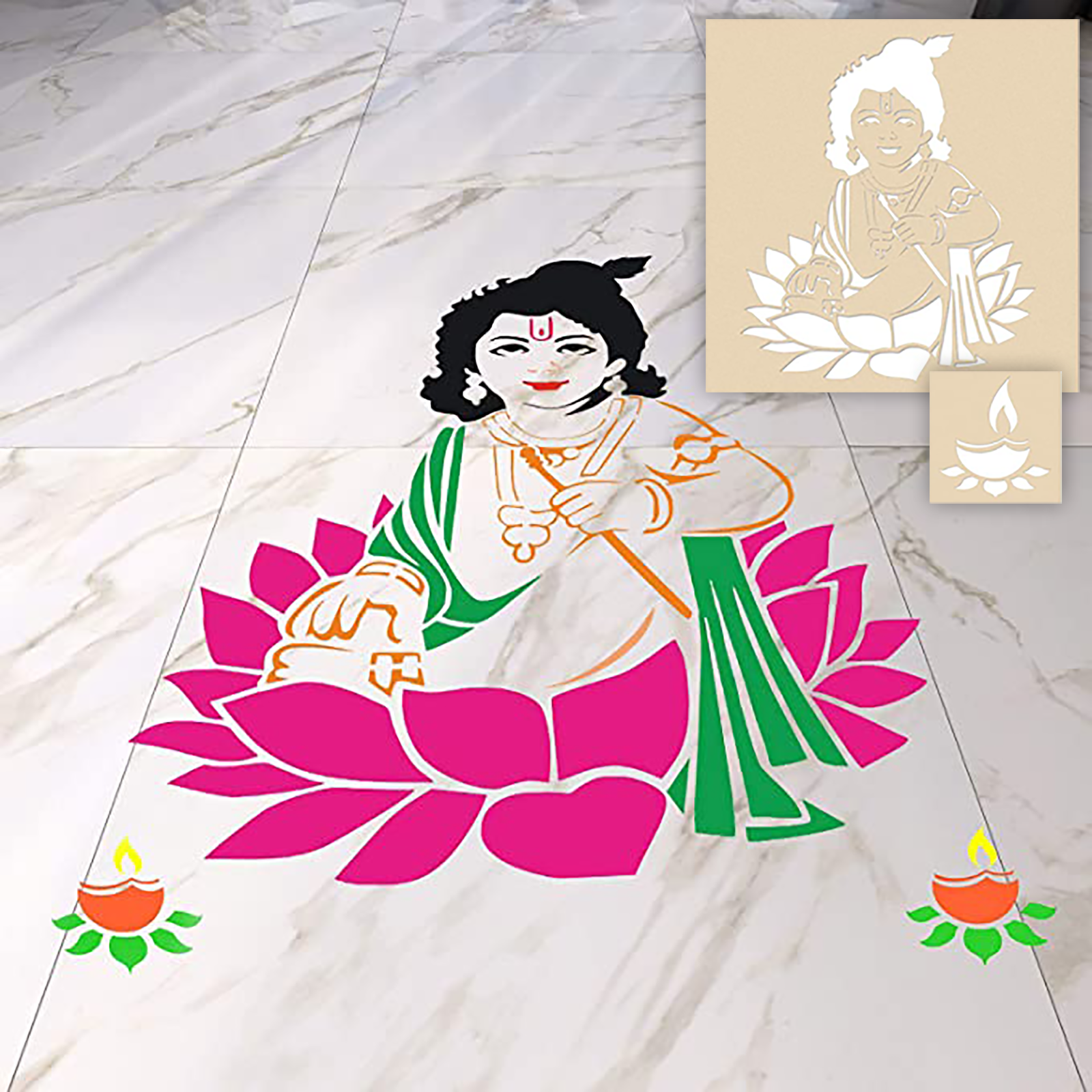


Ganesha Rangoli design for Diwali
Nothing beats Lord Ganesha’s design on the festival of lights, Diwali. Lord Ganesha rangolis, with intricate designs, is classy. It adds to the good fortune of the celebration. Lord Ganesha may be decorated with flowers, colors, or anything else you can think of. Enhance the design’s visual appeal by doodling flowers, leaves, and petals. Light it up with a few little diyas.








Lotus rangoli for Diwali
The lotus flower signifies enlightenment, heavenly beauty, eternal life, and good fortune. The lotus blossom is a common symbol of Lakshmi, the Hindu goddess of prosperity. Make beautiful lotus rangoli for Diwali.





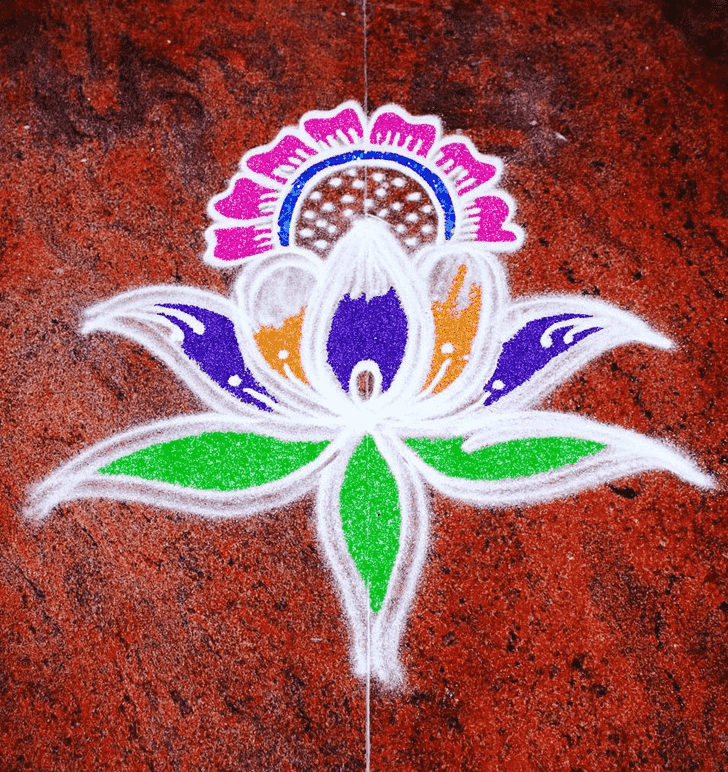
Shubh Diwali rangoli design
This timeless shubh Diwali rangoli pattern will be a hit at any celebration. Create a center circle in a deep crimson, berry, or wine hue, then draw petals. Draw tiny silver or gold circles around the edges to finish the pattern. You may experiment with different petal patterns to find one you like best.


